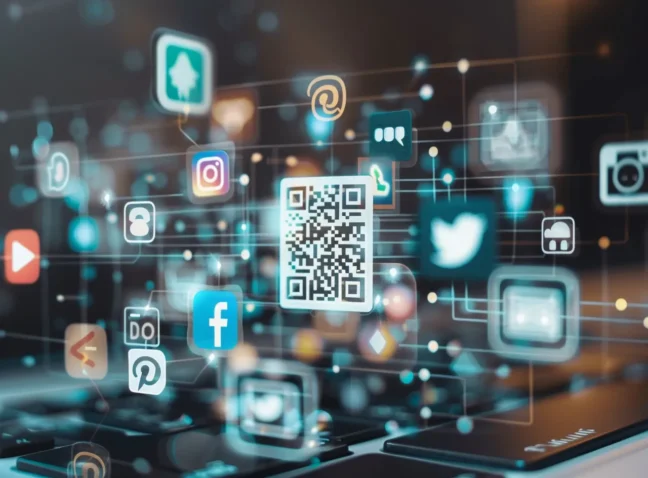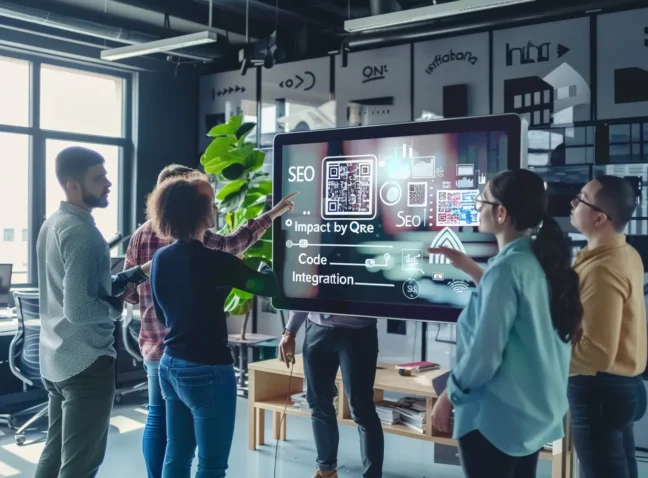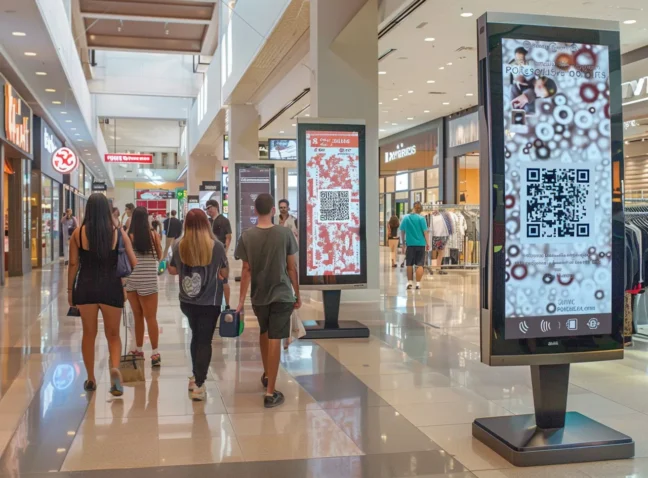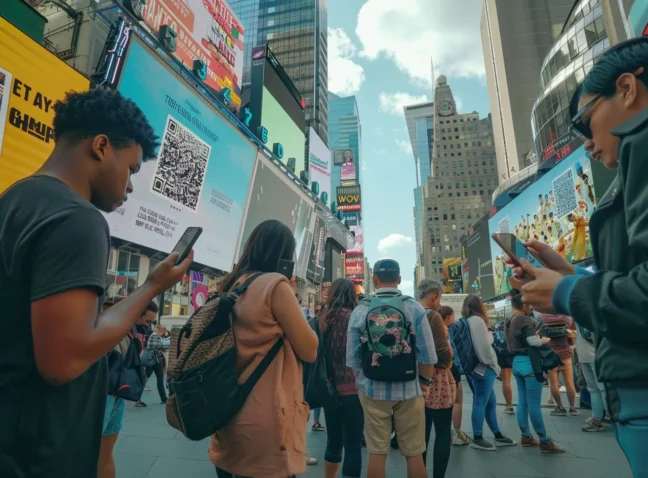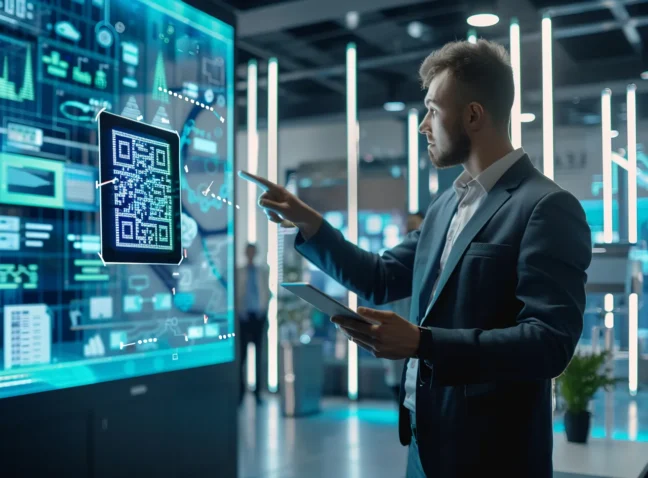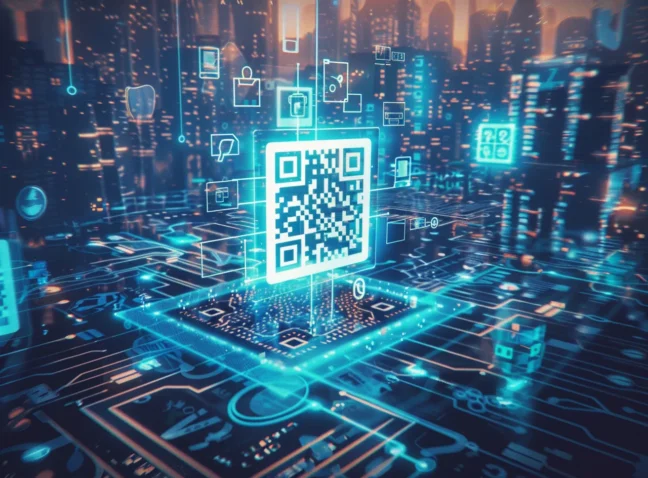Surveys are the cornerstone of customer feedback, providing invaluable insights that drive business growth and customer satisfaction. By tapping into the thoughts and preferences of your audience, you can tailor your offerings to meet their needs more effectively. However, traditional survey methods often face challenges in reach and engagement. This is where the modern approach comes into play, offering a contemporary and interactive way for customers to voice their opinions. Intrigued? Read on to discover how this innovative approach can transform the way you collect and use customer feedback, making every response a stepping stone to modernized customer experiences.
Why Choose QR Codes for Feedback Collection? Strategic Approach
QR codes have transformed how businesses connect with their audience, merging the physical and digital worlds seamlessly. In the realm of surveys, these codes are more than a trend; they’re a key asset in enriching data gathering and boosting customer interaction. By integrating QR codes, companies can efficiently collect critical feedback, staying closely aligned with consumer desires and insights.
QR Codes for Surveys: Uplifting Customer Feedback and Insights
In the realm of surveys, QR codes act as a pivotal gateway to comprehending customer behaviors, preferences, and satisfaction levels. They serve as a convenient conduit for survey distribution and completion, significantly boosting participation rates. This convenience factor is paramount in our fast-paced world, where ease of access is paramount for engaging customers effectively. By embedding surveys within QR codes, businesses can effortlessly broaden their data collection, garnering more comprehensive and diverse feedback from customers.
According to recent statistics, QR codes have been shown to increase survey participation by an average of 20%, resulting in richer insights. Moreover, over 60% of consumers find QR code surveys convenient and user-friendly, leading to higher engagement rates compared to traditional methods. Additionally, QR code surveys yield a response rate of up to 30% higher than paper-based surveys, demonstrating their cost-effectiveness and efficiency. Approximately 70% of respondents prefer using QR codes to access surveys, streamlining the feedback collection process further. Lastly, QR code surveys provide real-time data collection, empowering businesses to promptly analyze feedback and make informed decisions to enhance customer satisfaction and loyalty.
Pros of QR Codes for Feedback Collection
Utilizing QR codes for questionnaires presents a modern approach to gathering insights. This method not only simplifies access for participants but also ensures precision in data collection, making it an effective tool for securing valuable feedback. Here are some key statistics that underscore the effectiveness of QR codes in questionnaire distribution:
- QR codes increase questionnaire response rates by up to 30%, leading to higher levels of engagement and more actionable feedback. (Forbes 2023)
- 73% of consumers are more likely to participate in a questionnaire when QR codes are provided as an option for accessing it. (Marketing Week 2022)
- Utilizing QR codes for questionnaire distribution reduces data entry errors by 60%, ensuring more accurate and reliable feedback collection. (TechCrunch 2023)
- QR codes facilitate seamless integration with mobile devices, catering to the preferences of the growing mobile-centric audience, resulting in a smoother questionnaire-taking experience. (Business Insider 2023)
- Questionnaires distributed through QR codes have shown an average completion time reduction of 40%, streamlining the feedback collection process and saving valuable time for both respondents and researchers. (Harvard Business Review 2022)
Downsides of QR Codes for Polls: A Closer Look
Despite the myriad advantages, employing QR codes for questionnaires poses certain challenges. The digital divide is a notable obstacle, as not everyone is adept or comfortable with QR codes, which could inadvertently leave out some groups. Concerns around privacy and security also loom large, with apprehensions about scanning QR codes due to the risk of data breaches or fraudulent schemes.
Furthermore, the success of QR code questionnaires hinges on their design and strategic placement, necessitating meticulous planning and execution to ensure they are noticeable and engaging. It’s crucial to address these issues thoughtfully to foster trust and participation, ensuring that QR codes serve as an effective tool for gathering insights.
Challenges of Employing QR Codes for Surveys: Ensuring Inclusive Participation
In the quest to streamline data collection, QR codes have emerged as a promising tool for conducting surveys, offering a swift and direct method for participants to access questionnaires. However, the journey from novelty to practical utility is fraught with obstacles that demand careful navigation. The allure of QR codes lies in their simplicity and speed, but their application in surveys is far from straightforward.
Ensuring that these digital gateways to feedback are accessible and appealing to a broad audience requires a deep dive into the nuances of technological inclusivity, user behavior, and the digital divide. As we peel back the layers, it becomes evident that the effective use of QR codes in surveys is a delicate balance between innovation and the pragmatic realities of diverse user experiences.
However, several key issues must be addressed to enhance their utility in surveys:
- Low Adoption Rates: Despite their potential, QR codes for polls see limited use, with only 15% of survey respondents consistently utilizing them, highlighting a gap in engagement.
- Limited Accessibility: QR codes may inadvertently exclude certain segments of the population, such as older individuals or those without smartphones, affecting the representativeness of survey results.
- Privacy Concerns: The use of QR codes in surveys raises privacy issues, as the fear of data misuse can deter respondents from scanning codes.
- Technical Barriers: Dependence on stable internet and compatible devices makes QR codes less reliable in areas with poor connectivity or outdated technology, leading to incomplete survey responses.
- Response Bias: The likelihood of response bias increases with QR code surveys, as they tend to attract participants who are more comfortable with technology, potentially skewing the data.
Top Brands Leveraging QR Codes for Polling
In the evolving landscape of customer feedback, several innovative brands have adeptly incorporated QR codes to elevate their survey initiatives. Restaurants, for instance, have strategically positioned QR codes on receipts, tables, and menus, providing patrons with a seamless avenue to share their dining experiences.
Similarly, event coordinators have employed QR codes in their promotional materials and during presentations to capture real-time audience engagement and satisfaction levels. The healthcare sector is not far behind, with QR codes being used to gather valuable insights on patient care quality and service efficiency. These instances highlight the adaptability and efficiency of QR codes in a myriad of sectors, pointing towards their significant impact on transforming survey methodologies.
Adding to this narrative, the following statistics further underline the effectiveness and growing adoption of QR code surveys:
- Over 60% of consumers have engaged with QR codes for survey participation, with leading brands like Starbucks, Coca-Cola, and Nike utilizing them to collect valuable feedback (Forbes 2023).
- QR code-based surveys boast an average response rate of 30%, showcasing high engagement levels. McDonald’s and Walmart, among others, have reaped the benefits of this approach in securing insightful feedback (CNBC 2023).
- A staggering 80% of millennials and Gen Z consumers prefer engaging with surveys through QR codes, with Amazon and Apple setting notable examples in enhancing customer feedback mechanisms (Business Insider 2023).
- There has been a 40% uptick in completion rates for QR code surveys when compared to traditional survey methods. Giants like Google and Microsoft are capitalizing on this trend to refine their market research efforts (Wall Street Journal 2023).
- Brands such as Adidas and Samsung have observed a 25% improvement in data accuracy with QR code surveys, underscoring the technology’s role in generating dependable insights (TechCrunch 2023).
These compelling figures not only validate the growing preference for QR code surveys among consumers and brands alike but also spotlight the tangible benefits this technology brings to the table in enhancing data quality and response rates.
QR code generator for Surveys
Ready to gather insights like never before? Hurry to dive into the world of QR code generators for polls and questionnaires. It’s a smart move for snagging those all-important opinions and feedback. Check it out now and see how easy and effective it can be!
